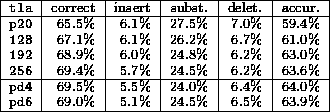
Table 10: More state units and more training data
Next: COMPARISON WITH HMM
Up:
A COMPARISON OF
Previous: ADDING ADDITIONAL FEATURES
The number of state units was set to 96 in order to achieve training of many preprocessors at reasonable speed. Table 10 shows the effect of increasing this to 128, 192 and 256. The number of weights, and hence the amount of computation needed per training pair, increases as the square of the number of state units. This limited the maximum dimensionality to 256. Also shown in table 10 is the effect of preprocessing the data with multiple offsets and training on all the slightly different sets of data. Four offsets were chosen and the number of presentations of all the training data was increased from 32 to 96. pd4 has the standard four frame delay and pd6 has a six frame delay, both with 192 state units.

Table 10: More state units and more training data
It is clear that increasing the number of state units and using multiple offsets both provide significant increase in performance.